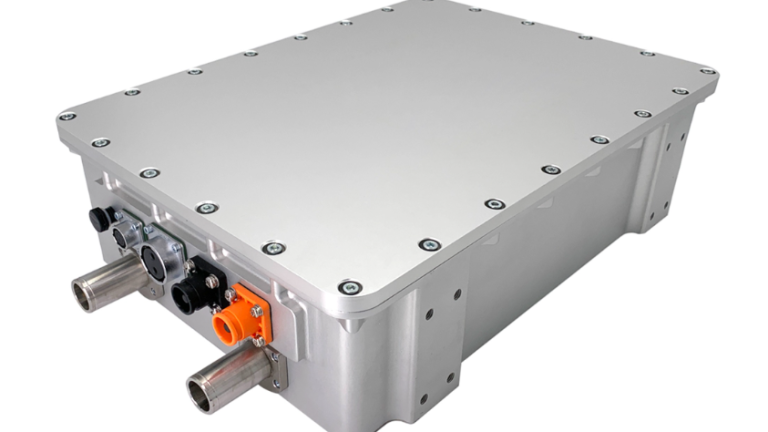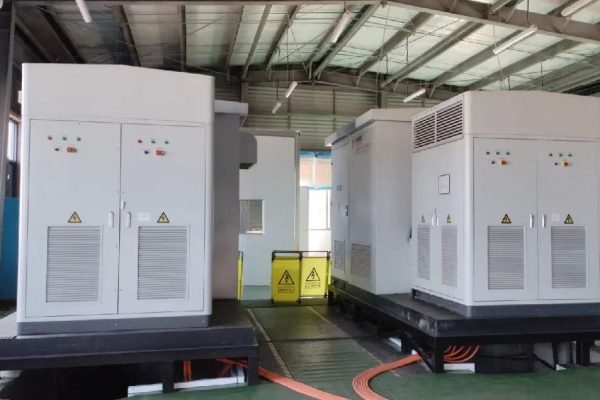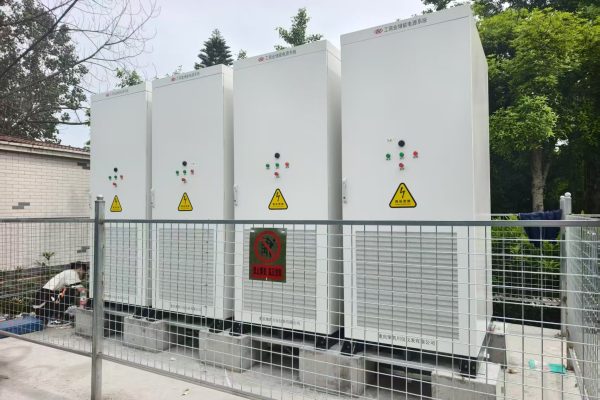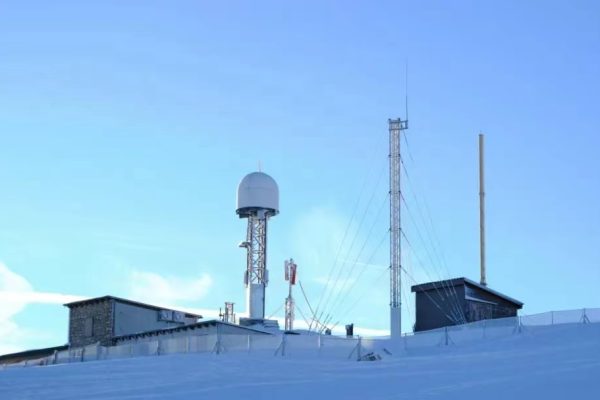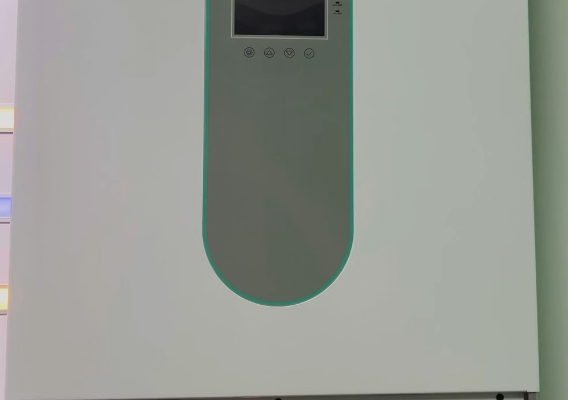A Technical Trading Perspective for Flexible Energy Solutions
Introduction
Choosing between single-phase and three-phase inverters is a fundamental decision in the design of solar energy systems. For residential and small commercial & industrial (C&I) applications, this choice impacts everything from system efficiency to compatibility with local power grids.
As a technical foreign trade company serving global solar customers, you don’t need to build inverters—but you do need to guide your clients to the right solution. This blog compares single-phase and three-phase inverters, focusing on practical selection factors, case applications, and how trading companies can provide value through sourcing and system support.
1. What Is the Difference Between Single-Phase and Three-Phase Inverters?
🔌 Single-Phase Inverters
- Operate with one live wire and one neutral
- Typically used in residential homes and light-load systems
- Power delivered in a single sine wave
⚡ Three-Phase Inverters
- Use three live wires with alternating phases
- Common in small to large commercial systems, some high-power homes
- Deliver power in three overlapping sine waves, offering smoother power supply
✅ In simple terms: Single-phase is like one water hose, three-phase is like three working together for higher and more stable flow.
2. Grid and Load Compatibility: Know Your Market
Understanding local grid infrastructure is essential for choosing the right inverter type. As a foreign trade business, always begin with these questions:
- What grid supply is available in the project location?
- Many homes in the US, EU, Southeast Asia use single-phase
- Commercial buildings and larger homes may have three-phase
- What is the total system size (kW)?
- Systems above 8–10kW often require three-phase inverters
- What kind of loads will the system serve?
- Motors, pumps, HVAC units benefit from three-phase power
3. Pros and Cons of Single-Phase Inverters
✅ Advantages
- Simplicity: Easier installation and wiring
- Cost-effective: Lower price for inverters and BOS (Balance of System)
- Availability: Widely compatible with standard residential supply
- Great for systems <8kW
❌ Limitations
- Power capacity: Not suitable for large loads
- Phase imbalance risk: Can cause voltage instability in some scenarios
- Not usable in many commercial environments
Ideal for: Residential homes, villas, rural projects, off-grid cabins
4. Pros and Cons of Three-Phase Inverters
✅ Advantages
- Higher capacity: Easily supports systems above 10kW
- Better load distribution: Reduces power loss and imbalance
- Improved efficiency for motor-driven loads (e.g., air conditioning, industrial tools)
- Often required for grid connection in commercial setups
❌ Limitations
- More expensive than single-phase inverters
- Complexity in wiring and installation
- Limited residential applicability unless 3-phase power is available
Ideal for: Shops, schools, warehouses, apartment buildings, farms
5. When to Choose Single-Phase vs Three-Phase
| Project Type | Typical Inverter Type | Justification |
|---|---|---|
| Small Home (3–5kW) | Single-Phase | Grid is usually single-phase; loads are light |
| Large Home with EV (8–10kW) | Depends on local grid | If three-phase grid available, use 3-phase inverter |
| Small Shop/Office (10–15kW) | Three-Phase | Better load balance, often required by code |
| Rural Project with Diesel Backup | Single-Phase (Off-grid) | Simpler design, matches genset output |
| Small Factory (20kW+) | Three-Phase | Required by loads and grid infrastructure |
6. Hybrid Inverters: Single-Phase vs Three-Phase
Many modern solar systems now include energy storage, which changes inverter selection dynamics.
- Single-Phase Hybrid Inverters
- Typically support 48V or 100V batteries
- Suitable for homes or small backup systems
- Limited scalability
- Three-Phase Hybrid Inverters
- Support high-voltage batteries (200V–500V)
- Better for C&I projects with large backup or load demand
- More efficient in charging/discharging cycles due to phase stability
🧠 For technical trading companies, it’s helpful to map inverter models to specific battery types and energy use cases.
7. Price and Sourcing Considerations
From a sourcing and supply chain view, single-phase and three-phase inverters differ in pricing, availability, and certification scope.
| Feature | Single-Phase | Three-Phase |
|---|---|---|
| Price (for same brand) | ~15–30% lower | Higher, due to complexity |
| Weight | Lighter | Heavier |
| Sourcing volume | More common in residential SKUs | Fewer models, often made-to-order |
| Brands | Growatt, Deye, Sofar, GoodWe | SMA, Solis, Sungrow, Huawei |
| Lead time | Shorter | Longer (especially >20kW) |
✅ A trading company can offer pre-sourced BOM packages (e.g., 10kW 3-phase hybrid + 15kWh battery) for faster project deployment.
8. Certification and Grid Code Implications
Grid regulations often dictate which inverter type is allowed or required:
- Europe: 3-phase is often mandatory for residential systems >3.6kW (e.g., Germany, Netherlands)
- Australia: Systems >5kW must use 3-phase inverters if available
- South Africa: Load balancing rules require 3-phase for most C&I
- Philippines, India: Looser rules; installers often decide
🔧 Always ensure the inverter you source complies with local grid standards—your clients rely on you for that clarity.
9. Value-Add Tips for Technical Trading Teams
As a non-manufacturing player, you can still play a critical system design role for your customers. Here’s how:
🔹 Build “Recommended Kits”
Offer:
- Single-phase 5kW hybrid + 10kWh LFP battery
- Three-phase 10kW hybrid + 20kWh modular battery
- Include datasheets, wiring diagrams, and shipping options
🔹 Assist with Grid Application Documents
Provide templates, certificates, or help coordinate with inverter vendors for compliance documents.
🔹 Stock Based on Project Profiles
If your clients are mostly residential, hold single-phase inverters. If you sell to small EPCs, stock 3-phase 10–30kW SKUs.
🔹 Bridge Supply Gaps
When clients can’t get SMA or Huawei due to long lead times, offer Deye, Growatt, Solis alternatives with proper certification.
10. Conclusion: A Balanced Trade-Off with a Clear Logic
Choosing between single-phase and three-phase inverters depends on:
- Grid access and regulations
- System size and type of loads
- Battery integration needs
- Client preferences and price tolerance
As a technical foreign trade partner, your job is not to design circuits—but to match needs to supply and offer smart trade-offs. By clearly explaining these distinctions and helping clients source appropriate hardware, you can build lasting trust and capture long-tail demand that big brands often overlook.





